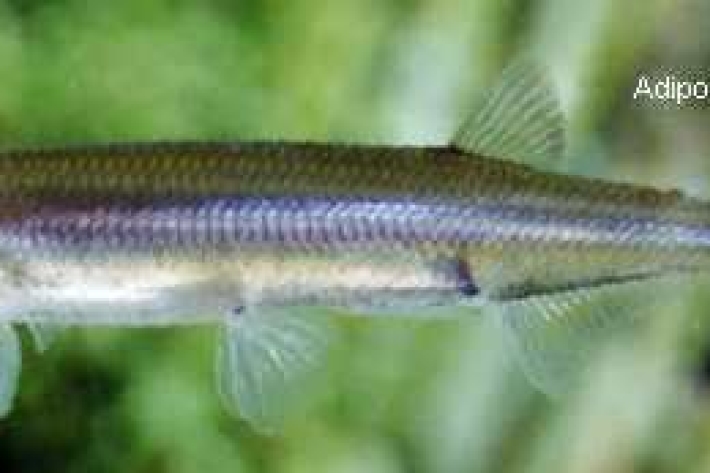-

Quality Assurance for Community-Based Monitoring
A national quality assurance (QA) framework for community-based monitoring (CBM) of Aotearoa New Zealand’s freshwaters. -

Order Form
Details for how to order our Stream Health Monitoring and Assessment Kit. -

Enquiring young minds compete at Waikato Science Fair
News article21 August 2008 -

New climate change projections released for New Zealand
News article27 May 2008 -

Ancient isopods: conservation status of New Zealand phreatoicid isopods
These endemic freshwater crustaceans are truly living fossils that originated in Gondwana at least 325 million years ago and have changed little morphologically since that time. -

Predictive model
A predictive model Knowledge Network Model for koura in the Te Arawa lakes developed using the Bayesian Belief Networks approach. -

Conceptual models
We've developed conceptual models for each of our study species. These models describe our current understanding of the factors influencing their distribution and abundance in the Te Arawa lakes, as well as the relationships between the various factors. -

Sustainable management framework for Te Arawa Lakes customary fisheries
Research ProjectNIWA and the Te Arawa Lakes Trust have developed a sustainable management framework for customary fisheries in Te Arawa lakes, as part of a joint 3 year research programme. -

Voyage blog days 5-7
Over the past couple of days Tangaroa has come through rough seas although the conditions have not managed to dampen our spirits on this exciting journey.
